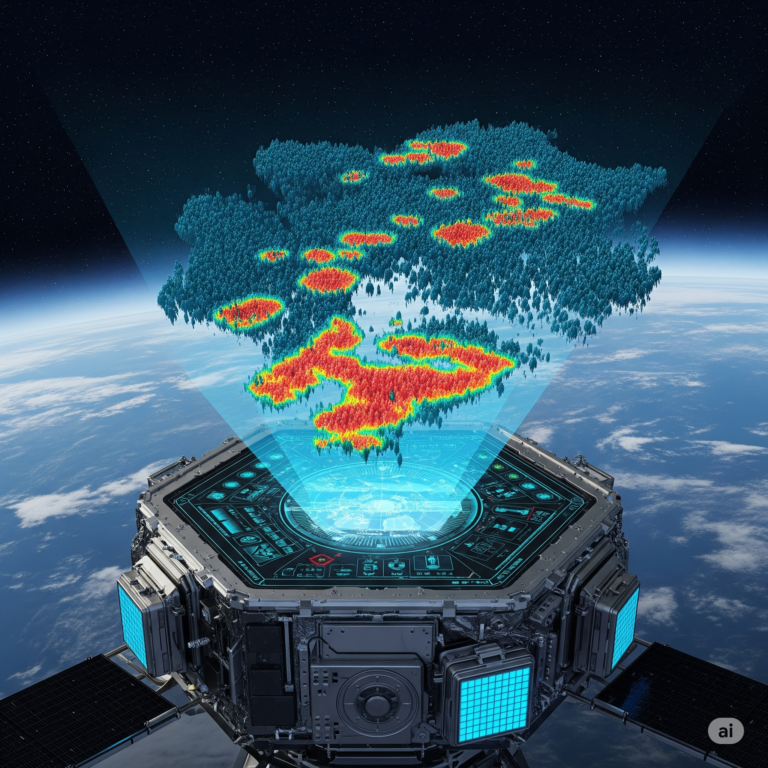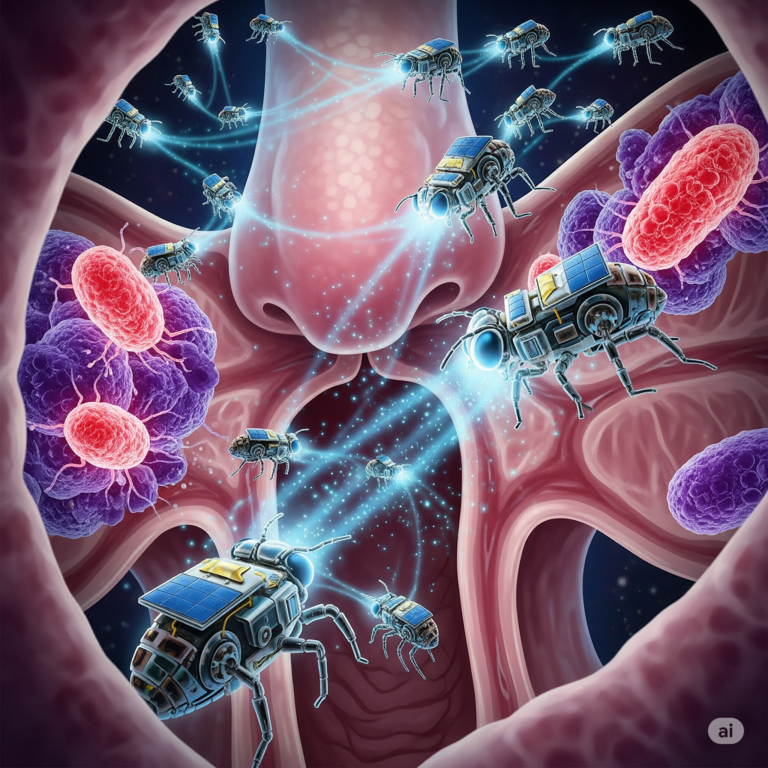Oral epithelial dysplasia (OED) is a potentially malignant disorder of the oral mucosa that often precedes the development of oral cancer. Early detection and accurate grading of OED are vital for initiating timely interventions and preventing cancer progression. Traditionally, pathologists use histopathological analysis, which, despite being the gold standard, is prone to inter-observer variability and time-consuming procedures. Enter artificial intelligence (AI) — particularly an advanced form known as the Vision Transformer (ViT) — which promises to revolutionize this diagnostic process.
This blog dives into how ViT-based AI models are redefining precision diagnostics in oral pathology, streamlining workflows, and ultimately saving lives.
Understanding Oral Epithelial Dysplasia (OED)
What is OED?
Oral epithelial dysplasia refers to precancerous changes in the epithelial lining of the oral cavity. It is characterized by architectural and cytological abnormalities in the epithelial cells.
Why is OED Important?
Early detection of OED is crucial because:
- It acts as an early warning for oral squamous cell carcinoma (OSCC).
- Timely diagnosis can reduce morbidity and improve patient outcomes.
- Misdiagnosis or delayed detection can lead to life-threatening consequences.
Challenges in Diagnosing OED
- Subjective interpretation by pathologists.
- Lack of standardized grading criteria.
- Variability in tissue samples and staining techniques.
Artificial Intelligence in Medical Imaging
The Rise of AI in Healthcare
AI technologies have seen rapid adoption across healthcare, especially in medical imaging. Deep learning models like convolutional neural networks (CNNs) have already demonstrated success in tasks such as tumor detection, fracture analysis, and organ segmentation.
From CNNs to ViTs: The Evolution of AI Models
While CNNs process images based on localized patterns, Vision Transformers (ViTs) utilize self-attention mechanisms that allow for a broader contextual understanding of an image, making them well-suited for complex classification tasks.
What is a Vision Transformer (ViT)?
Basics of Transformer Architecture
Originally developed for natural language processing, transformer models analyze sequential data using attention mechanisms. Vision Transformers adapt this architecture to image analysis by treating image patches as sequences.
Why ViT for Histopathology?
- Capable of capturing long-range dependencies across image regions.
- Robust performance with fewer inductive biases than CNNs.
- High adaptability to diverse medical imaging formats.
Advantages Over Traditional Models
- Higher accuracy in complex classification.
- Better generalization across datasets.
- Ability to handle high-resolution whole-slide images (WSIs).
The Breakthrough — ViT in OED Detection and Grading
Research Highlights Recent research has demonstrated the potential of ViT-based AI in the following ways:
- Automated detection of OED in histopathological slides.
- Precise grading into categories such as mild, moderate, or severe.
- Reduced diagnostic time and improved reproducibility.
How It Works
- Digital histopathology slides are divided into patches.
- These patches are fed into the ViT model.
- The model outputs predictions regarding the presence and severity of OED.
Validation and Accuracy Studies have reported that ViT models:
- Achieve diagnostic accuracy comparable to experienced pathologists.
- Outperform CNN-based systems in consistency and interpretability.
Implications for Clinical Practice
Enhancing Pathologist Workflows
- Reduces the cognitive load on pathologists.
- Acts as a decision support tool.
- Enables faster turnaround for diagnostic reports.
Impact on Patient Outcomes
- Facilitates early intervention.
- Reduces false positives/negatives.
- Potentially improves survival rates in oral cancer cases.
Integration into Health Systems
- Digital pathology infrastructure is key.
- Regulatory approvals and ethical considerations are necessary.
- Training for healthcare professionals is vital for effective deployment.
Challenges and Considerations
Data Limitations
- Need for large, annotated datasets.
- Ensuring diversity across demographics and conditions.
Model Interpretability
- ViTs are often viewed as ‘black boxes.’
- Explainability methods (e.g., attention heatmaps) are under development.
Ethical and Regulatory Aspects
- Patient privacy and data security.
- Bias mitigation.
- Compliance with medical device regulations.
Future Directions
Beyond OED
- Expansion into other precancerous and cancerous conditions.
- Use in real-time surgical decision-making.
Cross-Modality Integration
- Combining ViT outputs with clinical data and genomics for precision oncology.
AI-Powered Telepathology
- Bridging the gap in resource-limited settings.
- Facilitating global collaboration in oral health.
Conclusion: A Transformative Leap for Oral Health
The integration of Vision Transformer-based AI in the detection and grading of Oral Epithelial Dysplasia marks a significant advancement in oral pathology. With its ability to deliver consistent, accurate, and rapid diagnoses, ViT is poised to become an indispensable tool in modern healthcare. As technology continues to evolve, so too will the opportunities for improving early detection and ultimately, saving lives.
Key Takeaways:
- OED is a critical precursor to oral cancer, requiring accurate grading.
- Vision Transformer (ViT) AI models offer superior image analysis capabilities over traditional CNNs.
- ViT enhances diagnostic accuracy and speeds up pathology workflows.
- Ethical deployment and integration into health systems are crucial for long-term success.









+ There are no comments
Add yours